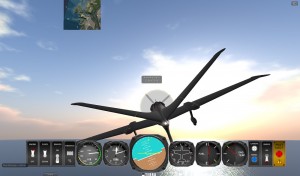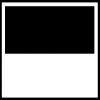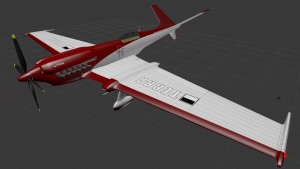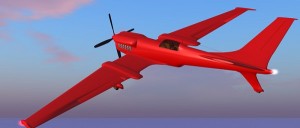What’s new in the development of my latest Second Life plane, the Terra Atom? Primarily, I’ve been working on the instrumentation. These are the cryptic dials and controls that festoon the control panel inside the cockpit. The Atom will have ALL of them — well, all of the ones that make sense in Second Life.
For those of you who prefer to fly in the third-person view, use the attachable heads-up display; if you prefer the first-person view from the cockpit, the panel will be fully-functional. That’s the plan, anyway.

The instruments in the control panel include the following:
- Speed in knots
- Altitude in meters and kilometers (SL uses the Metric system)
- Artificial horizon showing pitch and roll
- Compass
- Fuel indicator
- Temperature indicator
- Throttle indicator
Plus there are several buttons and switches: engine, flaps, brakes, camera view, menu, acrobatic smoke, and eject.
This is possibly the most complex HUD I’ve made for Second Life. Interestingly, it produces the lowest script load. Whereas my previous HUDs required a script in each needle and digit, which is a lot, this HUD has only one script. One script operates every control and moving part.
Next, I install the instruments in the cockpit.





